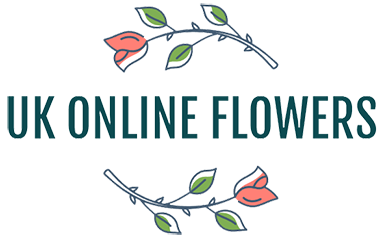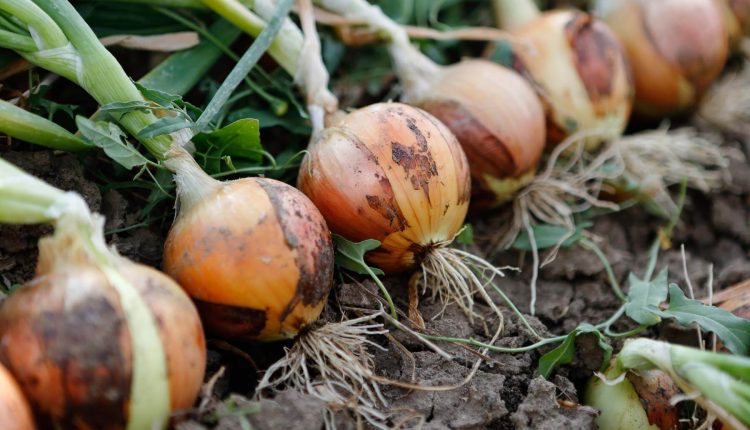Three Different Ways You Can Plant Onions
Onions offer a wide variety of options, from mild to spicy, tiny pearl onions to the big Bermudas. Amateur gardeners can choose how they want to plant their onions, sets, transplants, or seeds. Many gardeners take advantage of all three techniques, according to the theory that you cannot have too many onions. Here is a simple post on how each technique works.
Onion Sets
These are typically tiny onion bulbs, cultivated from seed and forced into dormancy during an immature stage. They will resume growing as soon as they are planted in your garden. Sets are the most straightforward of the three planting techniques and a superb way to produce a large number of big onions for storage.
It would be best if you planted sets two to four weeks prior to the average last frost date; you can find the last frost dates for your area over at GardenAction. In moderate winter locations, plant onion sets in Autumn or Winter, place the sets within a shallow trench and cover them with only ample garden soil to have their pointed tips right at the soil’s surface. The space in between your onions needs to be approximately 4 to 6 inches, depending upon the grown size for this variety. Still, you can place the sets closer together initially and harvest thinnings for use as green onions.
One particular downside of depending on sets often is the reasonably limited varieties available. Most garden centres or large DIY stores label their bins of sets by colour (white, yellow, or red) rather than cultivar. You may be enticed to choose the largest-sized sets from the bin, but many of these can go to seed fairly quickly rather than developing a large bulb. Sets that are 1⁄2 inch in diameter (about the size of a 5p) are usually the best buy.
Transplants
Packages of bare-root onion transplants are generally readily available from online stores practically all year round, but you should ensure you pick ones that are right for the area; with a greenhouse (or even indoor) environment, it is possible also to produce your own.
Sow seeds using a seed-starting method 8 to 10 weeks before the last frost, which should be planted in the garden about six weeks later. The seedlings should be planted to be set out in Autumn or winter. Thin the emerging seedlings in the flat to stand at least 1⁄2 inch apart in rows about 2 inches apart so they will be easier to separate at transplant time.
Harden off the seedlings by setting the flat in a sheltered spot outdoors for a few hours daily, gradually acclimating them to a full day of direct sunlight. On the day they are planted in the garden, carefully lift the seedlings from the flat and shake the soil from their roots. If the tops have grown tall and wispy, trim them back to about 6 inches.
Dig a trench for the seedlings and place them slightly deeper than in the flat. As with sets, seedlings can be planted closer than their ultimate spacing of 4 to 6 inches, with the extras harvested as green onions.
Onion Seeds
To grow the biggest bulbs, onions benefit from the head start from sets or transplants. But bunching onions or scallions are quicker to mature and can be seeded directly into the garden. Sow seeds outdoors beginning about a month before the frost-free date and then again every few weeks through fall for continual harvests; in the south, the season is fall through spring. Start with fresh seeds or seeds that are no more than a year old because onion seeds lose viability quickly in storage.

